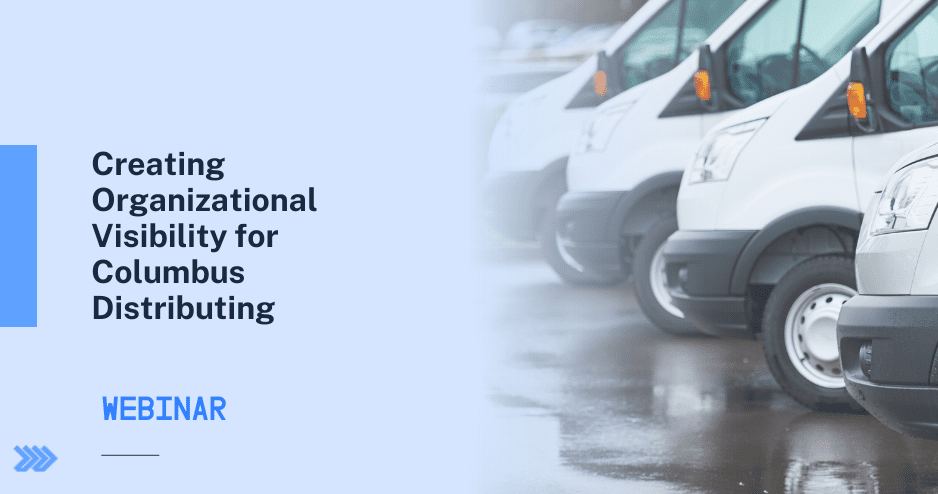According to one of the leading analyst firms in 2020, “The vast majority of CSCOs intend to dramatically speed up their supply chain digital maturity progress over the next five years.” The challenge that we see across numerous industries is that those initiatives often don’t consider automating dispatching processes, instead focusing on ERPs, improving online order fulfillment processes, and perhaps getting into some of the warehouse management tools, as well.
Those should absolutely be part of the digital transformation roadmap, and can offer terrific ROIs, but shouldn’t be at the expense of dispatching and routing, which plays a critical role in optimizing the entire order-to-cash process. Many last-mile fleet operators have routers manually building routes – a process that takes hours every day and week. And that’s because they haven’t reaped the benefits of automation that a dispatch transformation delivers.
And, since we live in a world where Amazon, Uber and Lyft are driving customers’ expectations, delivery recipients have come to expect real-time visibility into their shipments. Which means that route planning is only part of the process. That’s what customers have become used to, so the question is whether your systems and process are up to par, or whether you’re ready for a dispatch and routing transformation?
If it’s time to make the move, then when you look at your digital transformation strategy, it needs to cover the entire cycle. It shouldn’t just encapsulate your ordering process, your ERP operations or warehouse management systems. It should also consider routing, dispatching and tracking capabilities, and truly take you into the 21st century.
The first step in the process is to review the key considerations and benefits to be realized. The first step is to understand the range of possible benefits that can be realized if you embark on an automation journey, and determine which of them are most important to you and your team. Benefits of a dispatch transformation are both quantitative and qualitative, and include:
- Reduced fleet mileage and carbon footprint
- Increased fleet utilization and fleet capacity
- Reduced dispatcher time and driver turnover
- Reduced driver turnover
- Increased customer satisfaction
- Improved driver experience
- Better dispatcher experience
The second step is evaluating your current dispatch and routing operations effectiveness, and assessing where your business stands. Metrics to look at include customer satisfaction levels, your current systems/processes and their ability to scale, how ready you are to handle demand spikes/drops, and your ability to proactively manage issues that might arise.
Watch this webinar to learn more about what a routing and dispatching transformation project can look like and how to assess your organization’s current operations under the Wise Systems Autonomous Dispatch & Routing Scale.





